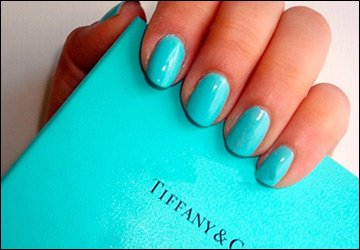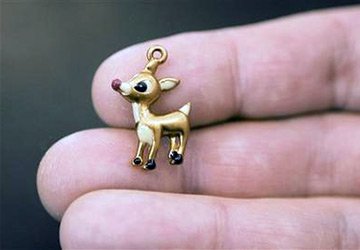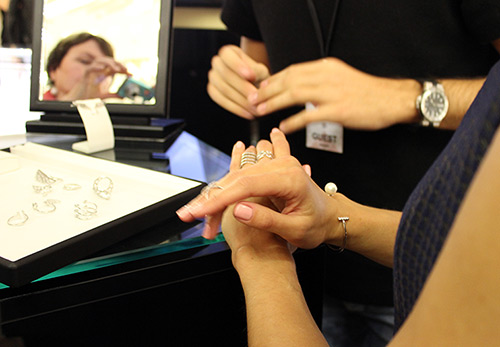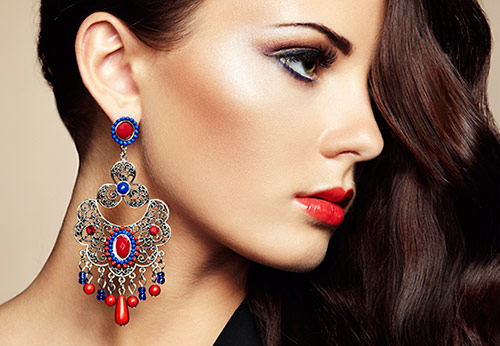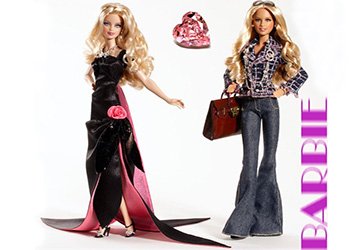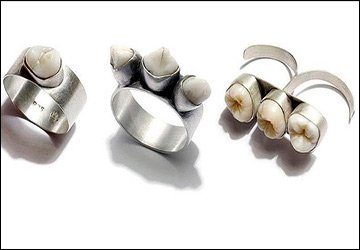Jewelry
Silver and gold enamel jewelry
In the world of jewelry, there is a tendency to decorate gold and silver jewelry with enamel. Products with enamel, generously sprinkled with precious stones, in gold and silver lace, have long been appreciated by fans of jewelry art. They are still admired today.
Jewelry with enamel or, as they are also called, enamel jewelry - earrings, brooches, pendants, bracelets, rings are beautiful and unique. They will decorate evening dresses and suits, make you more elegant and beautiful. However, most of us do not think what is jewelry enamel, how is it made and whether it differs from one another? But all this determines the beauty of the product, its cost and durability.

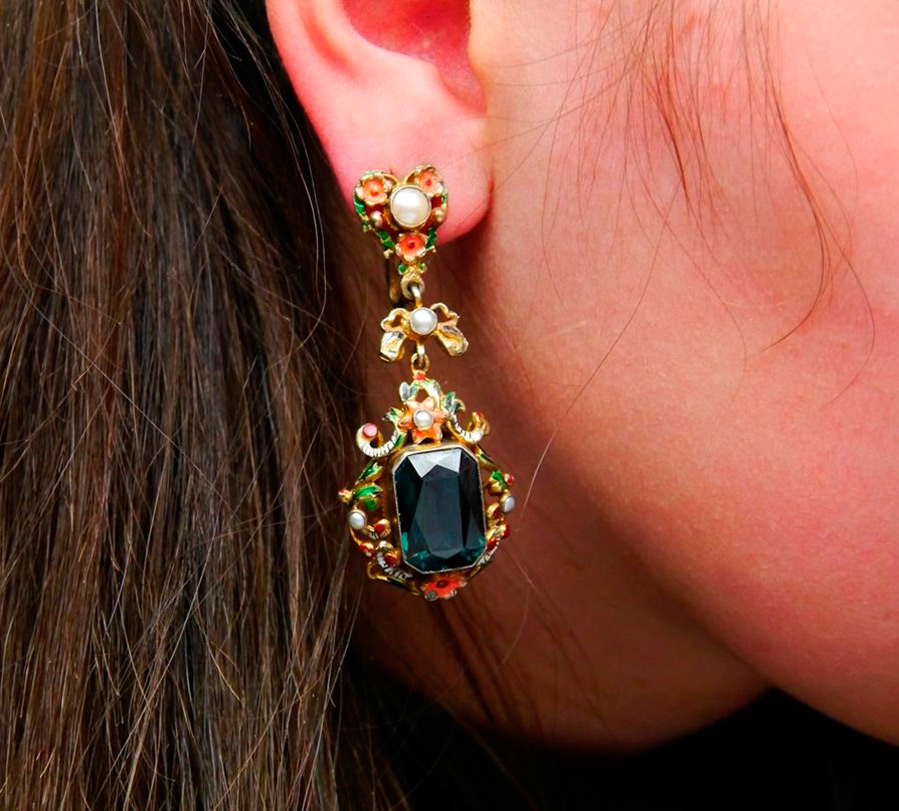
Jewelry with enamel - execution technique
Enameling is the application of low-melting glass to a metal surface. Modern enamels consist of silicon dioxide, titanium oxide, boric anhydride, aluminum oxide, oxides of alkali and alkaline earth metals, lead, zinc, and various fluorides.
Enamels differ not only in composition, but also in the method of applying a metal base to the surface. In jewelry, silver and gold are most often the basis. Jewelry is covered with colored enamels. They can be transparent or opaque. There are different methods and technologies for applying enamel.
Cloisonne enamel... This is one of the most elegant performance techniques. Gold or silver ribbons-partitions are soldered to the surface of the base according to the intended pattern, cells are formed, which are filled with enamel powder. Further, at a temperature of 600-800 degrees, the enamel powder is melted, turning it into glass.
Instead of ribbons-partitions, filigree thread is sometimes used. The enamel itself is beautiful, and then there is gold or silver lace.
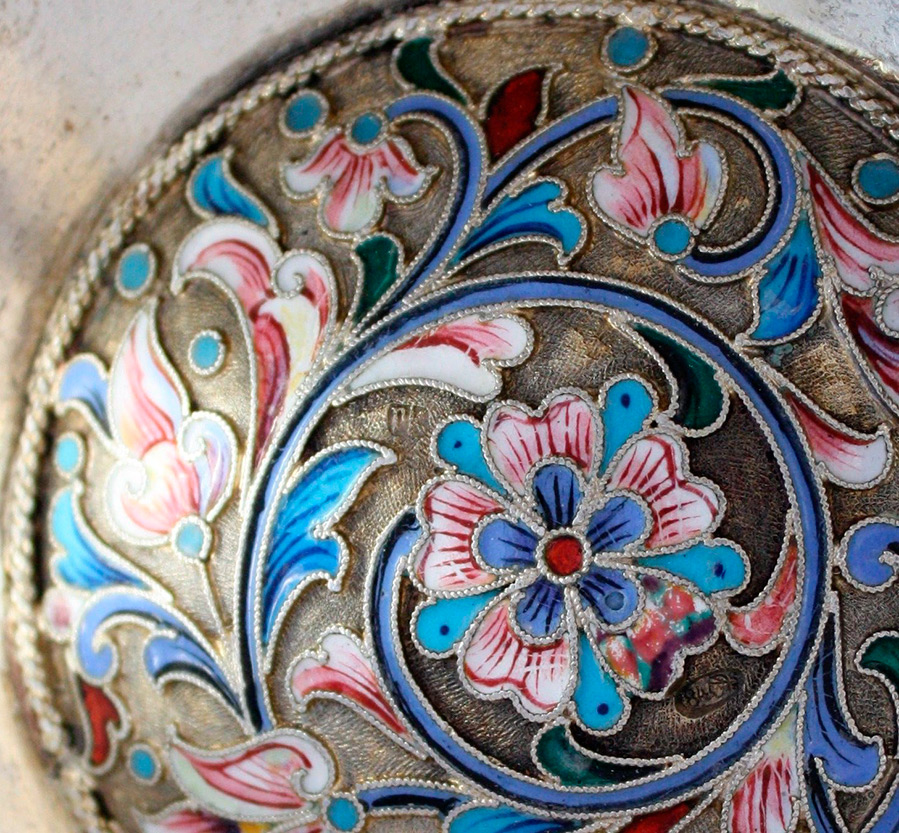
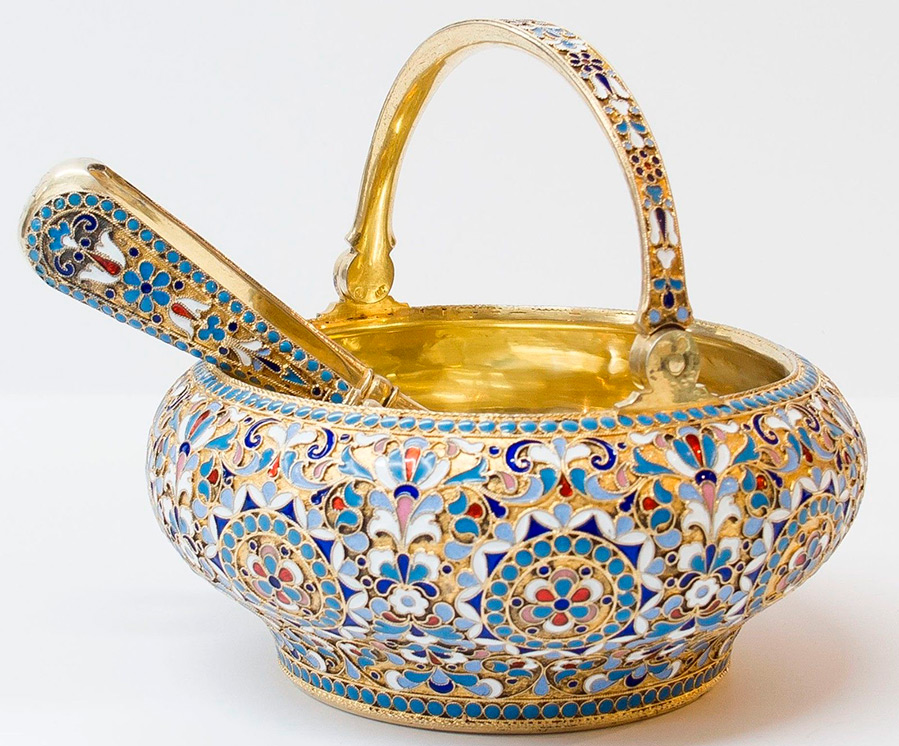
Chamfered enamel... With a special cutter, according to the drawing, they remove the metal particles from the base, obtaining depressions, which are filled with an enamel compound. This is one of the most ancient technologies. Champlevé enamel can be made on a metal base, which is initially engraved or minted in accordance with the chosen pattern. In jewelry, stamped blanks or cast blanks are used.
Technique of enamel artistic coating, or enamel. This is painted with colored enamel. There are no partitions or recesses here. The enamel is applied to the product in layers and fired until the plot planned by the designer is completed. It is in this technique that the masters of the enamel industry of Rostov Veliky, as well as the Austrian brand Frey Wille, work.
Enamel is the ancient Russian name for enamel, which comes from the Greek finiftis, which means shiny, and the word enamel is from French (email). The art of decorating with enamel came to Russia from Byzantium in the 10th century and reached perfection in the 16th - 17th centuries. In those days, all types of artistic enamels were called "enamel", and only in the 19th century "enamel" was replaced by a new term - "enamel".
Graceful Rostov painting on enamel goes well with fine filigree. Filigree (filigree) is one of the oldest types of artistic processing of metal or metal thread. The term filigree comes from the Latin words - "phylum" - thread and "granum" - grain. The word skan means to twist or twist. Thus, the twisted wire (filigree) is complemented by small balls that make the enamel product more elegant and lacy.
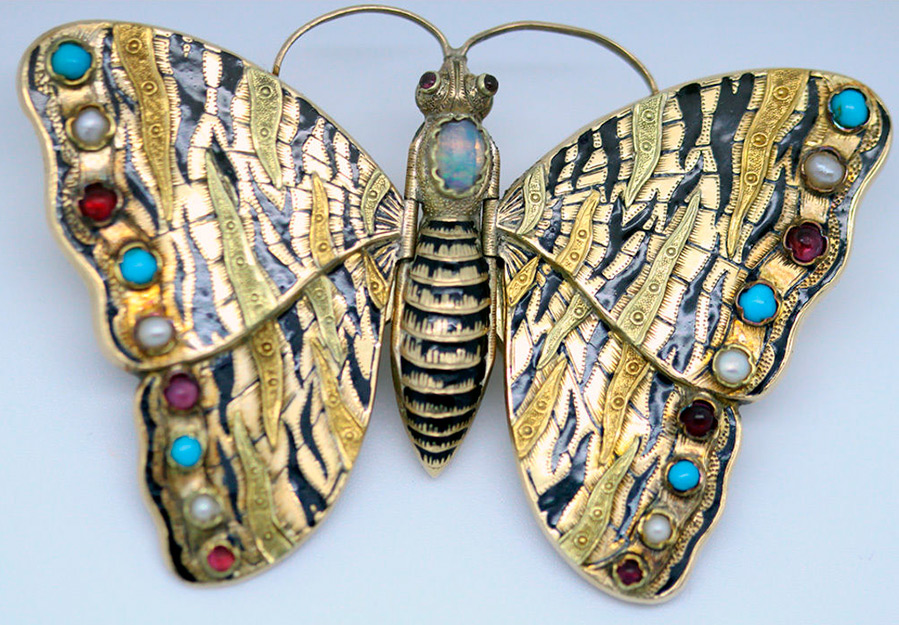
Guilloché enamels are interesting. Guilloche is applied to the surface of the base of the product with a thin engraved pattern, mainly geometric lines.In modern jewelry, special installations with a rotating drum and a cutter (guilloche) are used.
The enamel of this technique originated in the 18th century in France, and everything was much more difficult, however, what wonderful products of that time surprise and delight us to this day. In Russia, guilloche enamel began to be used to decorate precious jewelry in the late 19th - early 20th centuries and is associated with the name of Faberge. Tabletop items were especially luxurious.
In the guilloche enamel technique, only transparent enamels of various colors are used. It is thanks to this that the metal background with the pattern applied to it shines through under the enamel. Guilloché enamels in jewelry today are made mainly on gold or silver.
Stained glass enamel - This is a kind of cloisonne enamel, but without a metal base. This technique got its name from its similarity to stained glass. Translucent colored enamel is located in the nests of metal partitions and resembles colored stained glass.
Metal partitions are made of twisted gold, silver or copper wire. The lacy ornament makes the product fabulously beautiful. The production of stained glass enamel has its own difficulties - the product is fired not once, but after each application of the next layer of enamel.
Seeded enamel is performed by spraying powders of multi-colored enamels onto a stencil base, where each layer is fixed with glue.
Enamel is fixed in different ways, they are called hot and cold.
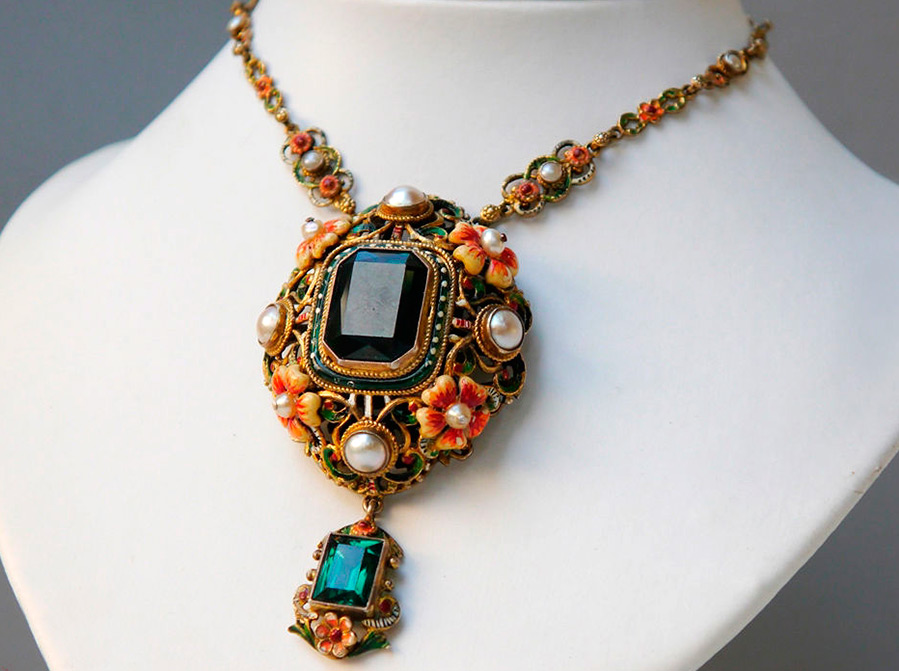
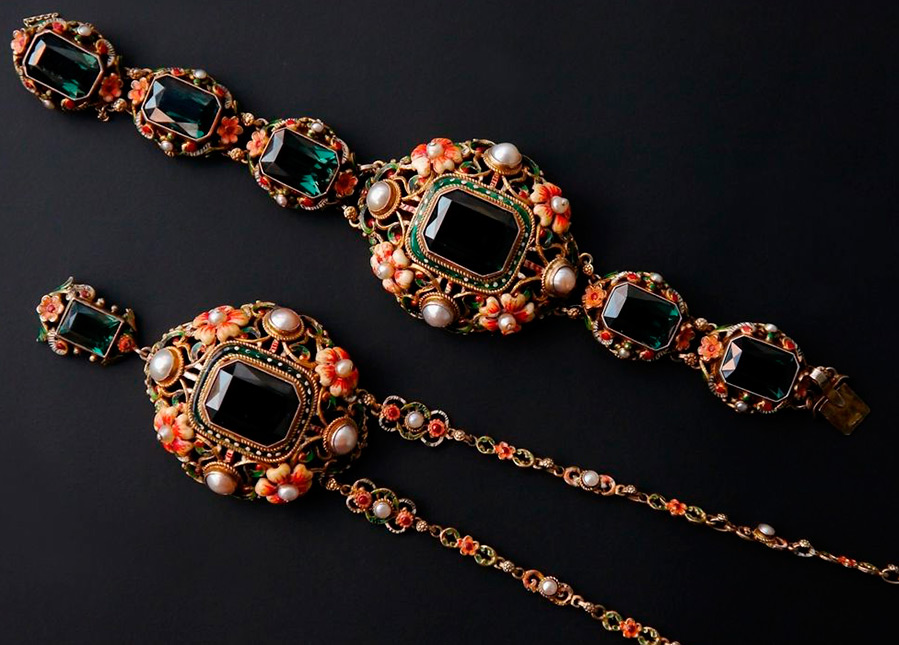
Hot enamels
Hot enamel has been used for a long time, although it is the most time consuming. Contemporary hot enamels are the undisputed favorites in enamel jewelry. The enamel is firmly baked to the metal in special muffle furnaces, where the temperature reaches 600-800 degrees. Then the product is cooled, cleaned and polished. Everything seems to be very simple. In fact, everything is much more complicated.
The enamel powder is diluted with water to a creamy mass, then applied to the appropriate areas of the product. After that, before starting firing in the oven, it is imperative to dry it so that the bursting air bubbles disappear, otherwise they will spoil the smoothness of the enamel coating.
During firing, the enamel powder fuses into a vitreous layer and, depending on the type of enamel, becomes transparent or opaque (dull). But that's not all. After hardening, the product is ground and re-fired in the oven, so a perfectly smooth surface is obtained.
If the decoration contains multicolored and cloisonné enamel, then a strict sequence of application and firing of the enamel powder must be observed. And the order is established by the heat resistance of the enamel. The most heat-resistant enamel is applied first and placed on firing, then the less heat-resistant enamel is applied, and again the product is sent to the oven, but at a lower temperature. Etc. The most heat-resistant is white enamel, then pink, blue, green, black, and finally red.
The enamel must be poured evenly so that the surface of the product is flawless. Based on the characteristics of the composition, the product can be fired from 5 to 100 times. And at the same time, the master regulates the temperature and firing time, based on his experience and intuition. And this is what creates unique creations, which the master himself sometimes cannot repeat in a second copy. Agree that this is not easy.
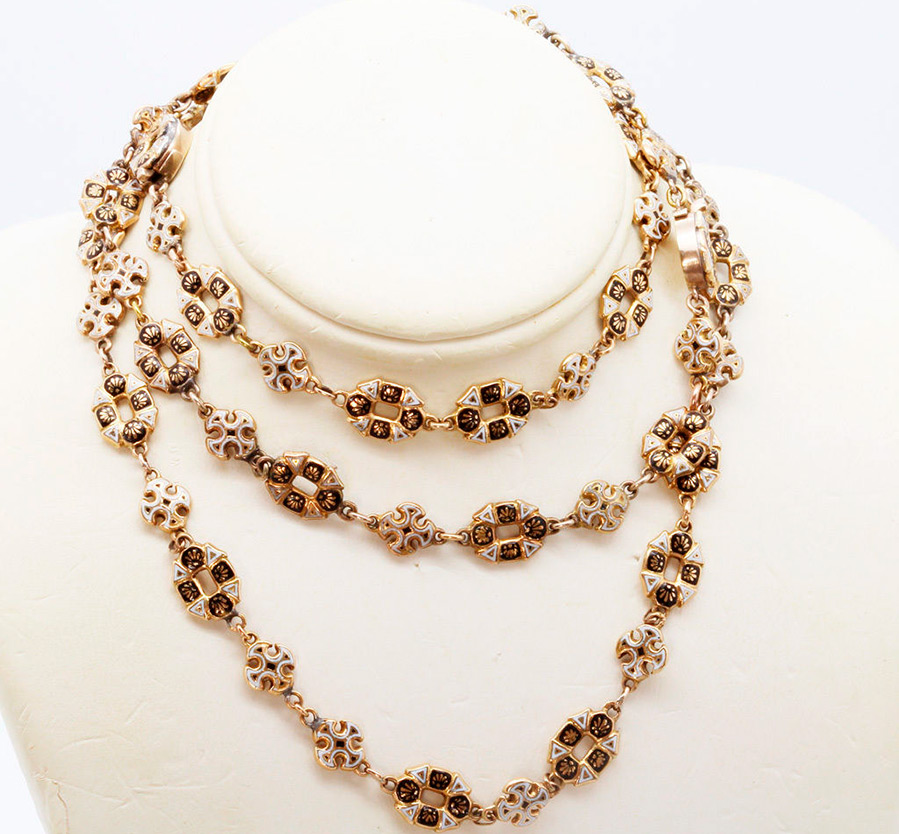
Cold enamels
Cold enamel is two-component, heat-curing and light-curing.
Two-component cold enamel is simply poured onto the product. Liquid enamel is mixed with a catalyst in certain proportions, a creamy paste is formed, which is applied to the metal surface using a special tool.
After application, the enamel hardens at room temperature within about 48 hours, and at a temperature of 70 degrees - within 20 hours. The products are similar to ceramic coatings. In this technique, the master can mix different enamels and get different colors and shades.
Heat curing cold enamel somewhat similar to hot, but it melts at 160 degrees. Compared to hot, this enamel is not polished, otherwise matte marks will remain on it, and it has a much lower strength. With a slight pressure on the enamel with a fingernail, it crumbles.
Light-curing cold enamel... The technique for making this enamel is similar to the installation of dental fillings. The enamel composition applied to the surface of the product is irradiated with an ultraviolet lamp, due to which it hardens. Using this particular technique, jewelers can fill in chips on enamel jewelry. The hardness of light-curing cold enamel is between hot and cold heat-curing enamels.
In cold enameling, there is a technique in which the enamel, when applied, spreads in colored patterns, like gasoline on water or like volcanic lava. It seems that they do not observe accuracy, but it turns out beautifully.
It should be added that hot enamel is more expensive than cold enamel.
How to distinguish more expensive hot enamel from cold enamel. Cold enamel is softer than hot enamel. On products with cold enamel, irregularities are visible, since it cannot be polished. Therefore, hot enamel always looks shiny, with an even polished surface.
However, cold enamels are not devoid of advantages. They are plastic and unpretentious in operation, easy to perform, practically do not require special equipment, and the surface of the products does not require special preparation. Cold enamels are applied to any alloys.
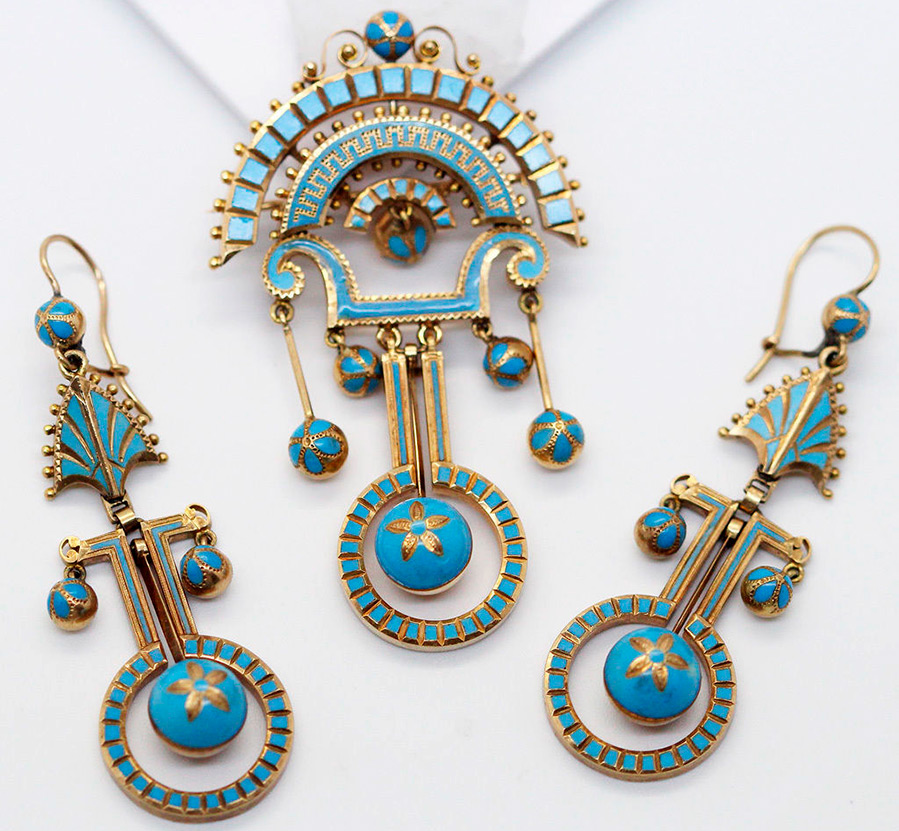
Enamel jewelry - how to care, wear and protect
Enamel is essentially glass. Hence its properties. Enamel can be polished, cleaned, but with active, and even careless wearing, chips are inevitable. Enamel is sensitive to mechanical stress. Rings are at greatest risk. As already mentioned, a jeweler can seal a chip. But it is better not to drop your jewelry, especially on hard surfaces, to monitor the health of the fasteners.
How to maintain the original brightness of enamel paints?
Enamel jewelry should be protected from direct sunlight and temperature extremes. Do not wear them to the beach, bathhouse or sauna. The enamel coating may fade and crack.
Avoid contact of enamel with any detergents, powders, acids, alkalis and chlorine. Damage to the enamel can also occur from interaction with cosmetics and sea water.
Products with enamel should be washed in cool water with the addition of a small amount of ammonia. You can clean the enamel with a soft brush and tooth powder, then rinse in clean water and wipe with a soft cloth. However, do not forget that the best cleaning of enamel jewelry can be done in a jewelry workshop.
And the last thing. It is recommended to store enamel jewelry separately from other products, even precious ones, so that their surface does not come into contact with other products. Perhaps, and in your caskets have survived grandmother's earrings or brooches with bright blue flowers on a white background, decorated with filigree, made by the masters of Rostov the Great. Believe me, they have no price, they are masterpieces.
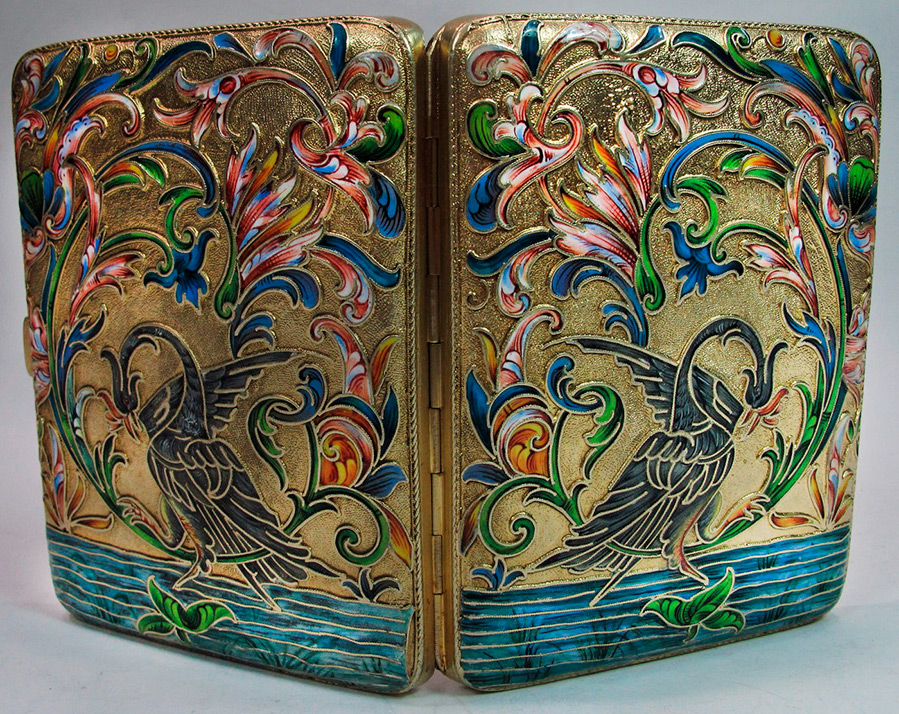
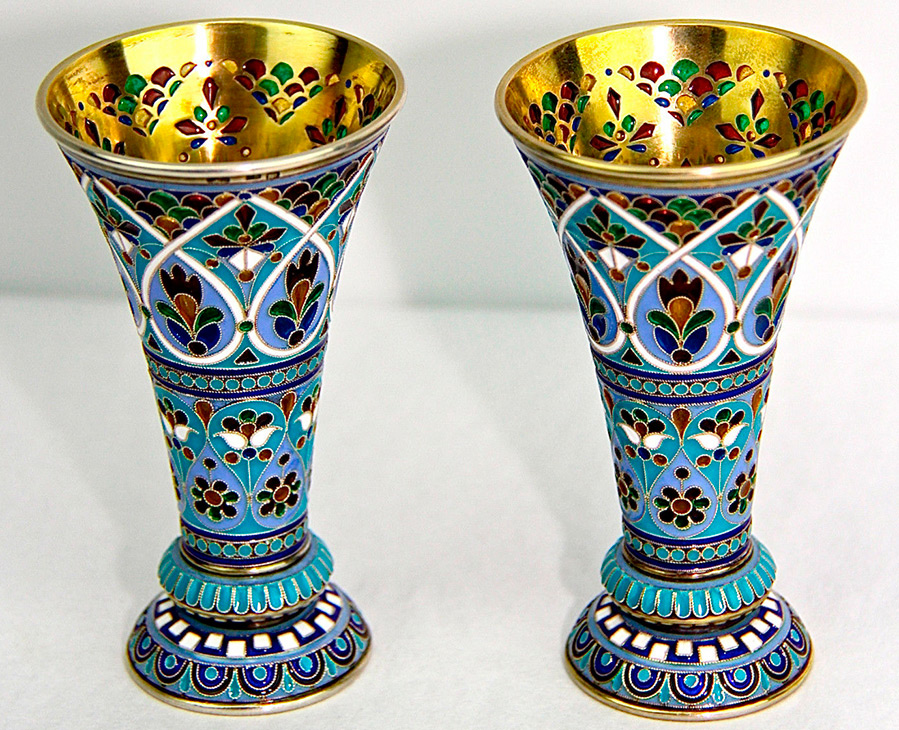
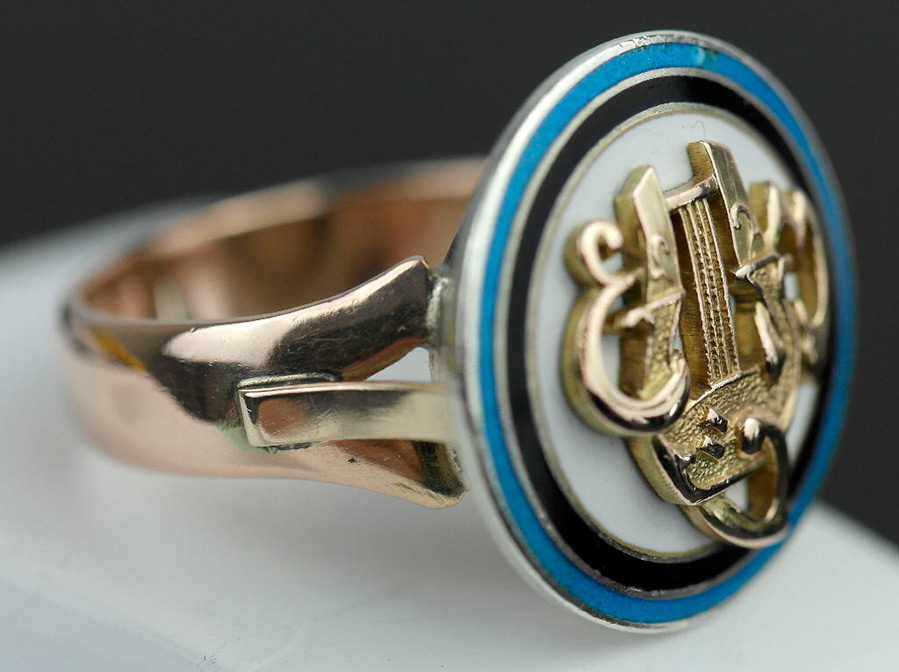
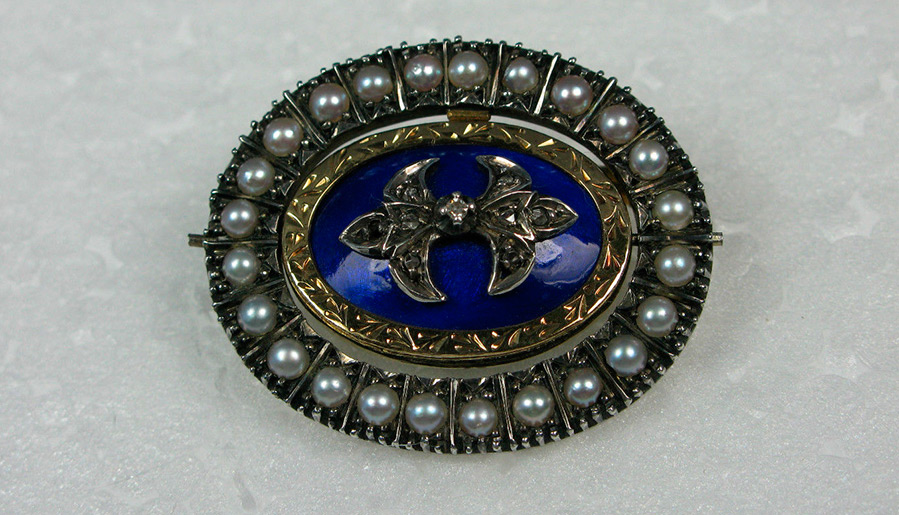
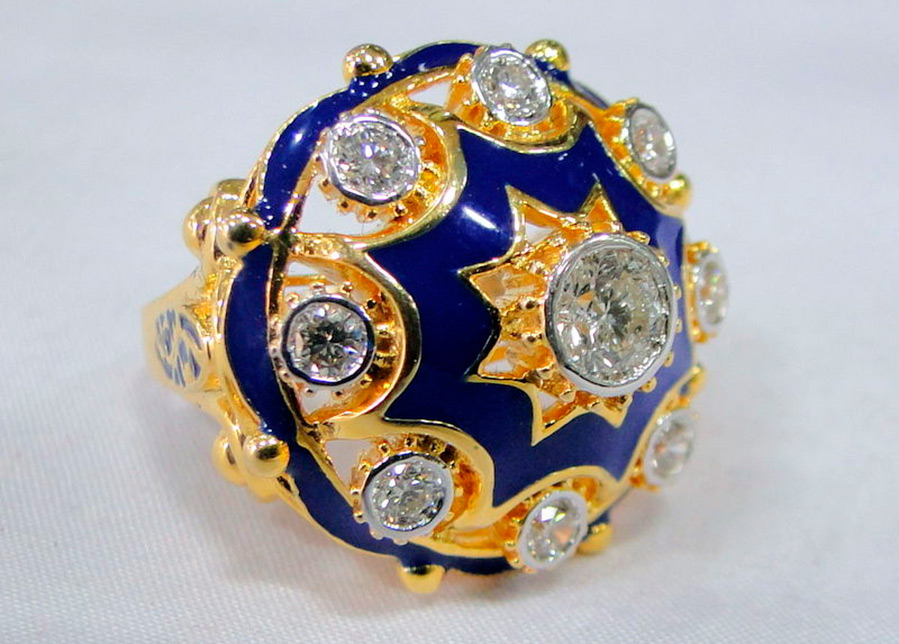
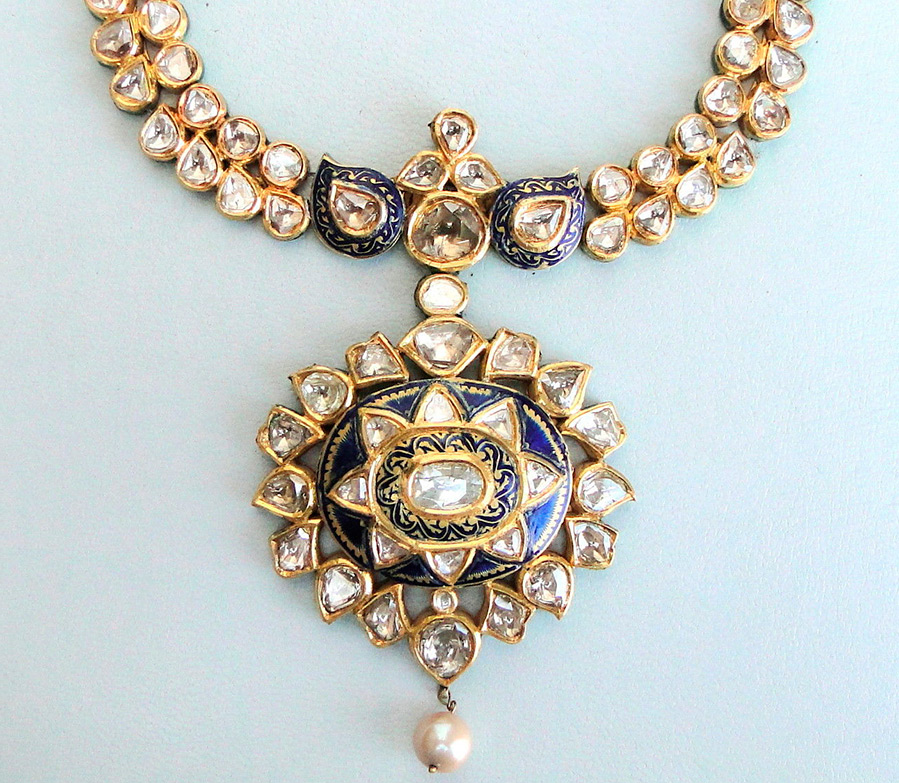
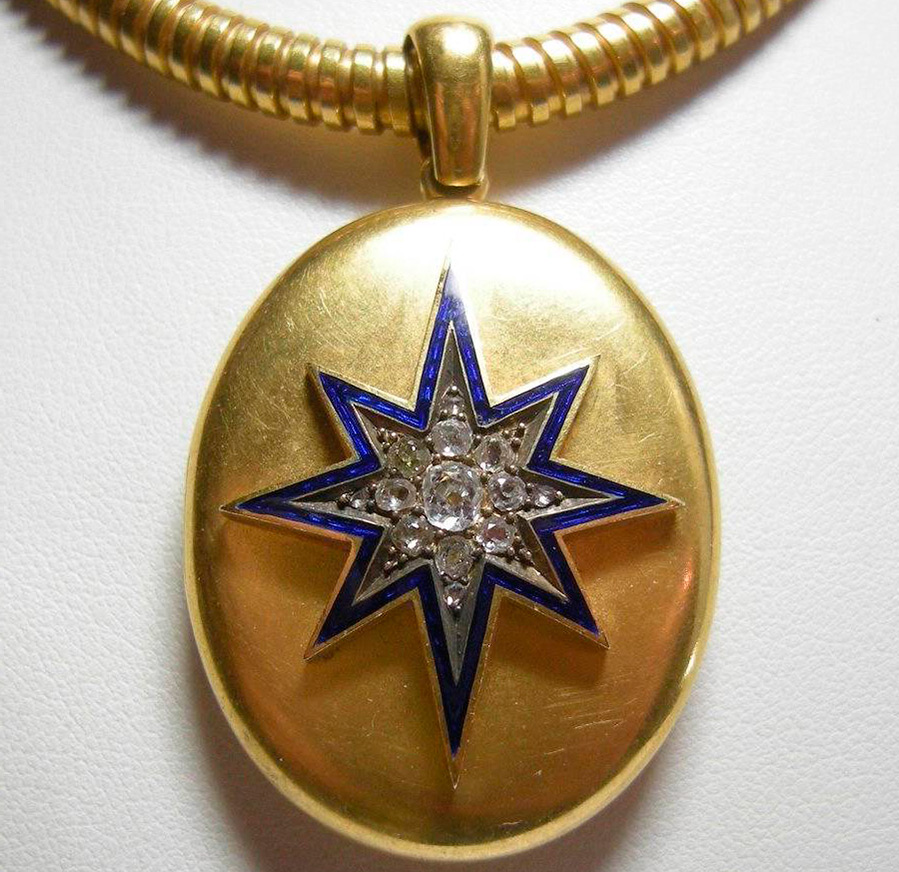
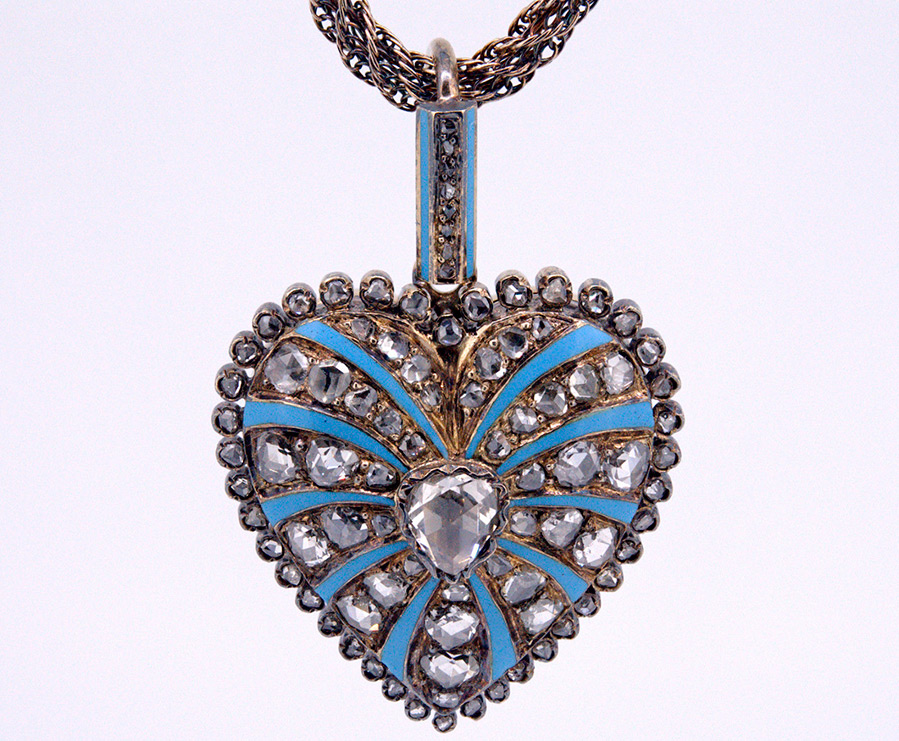
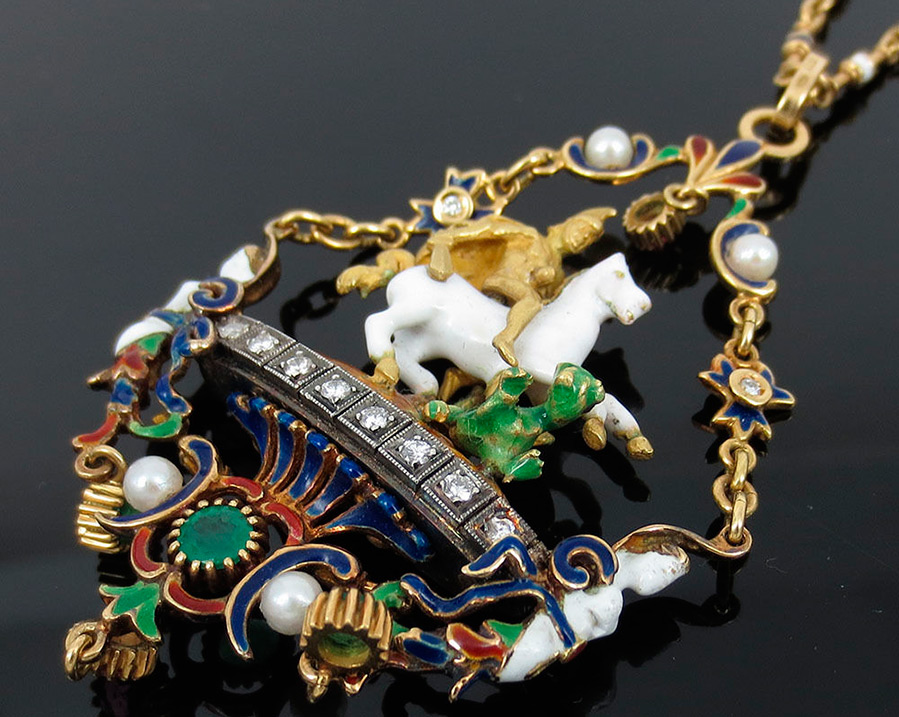
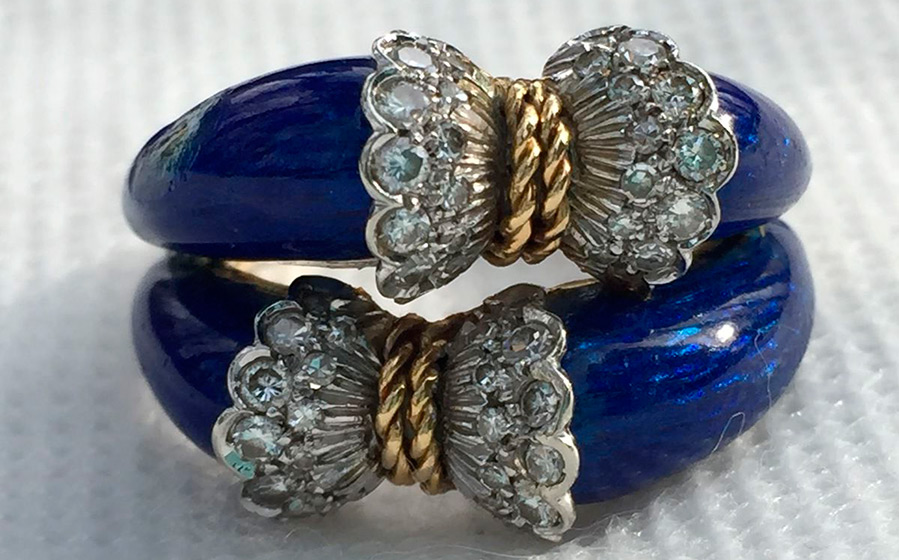
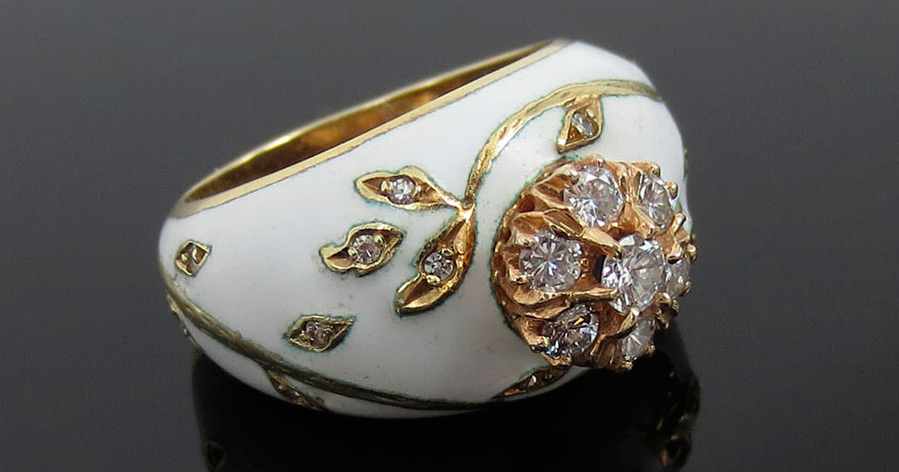
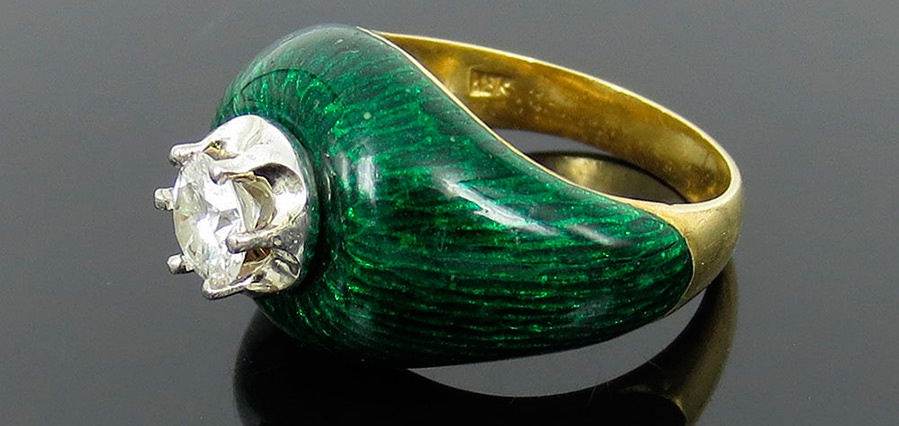
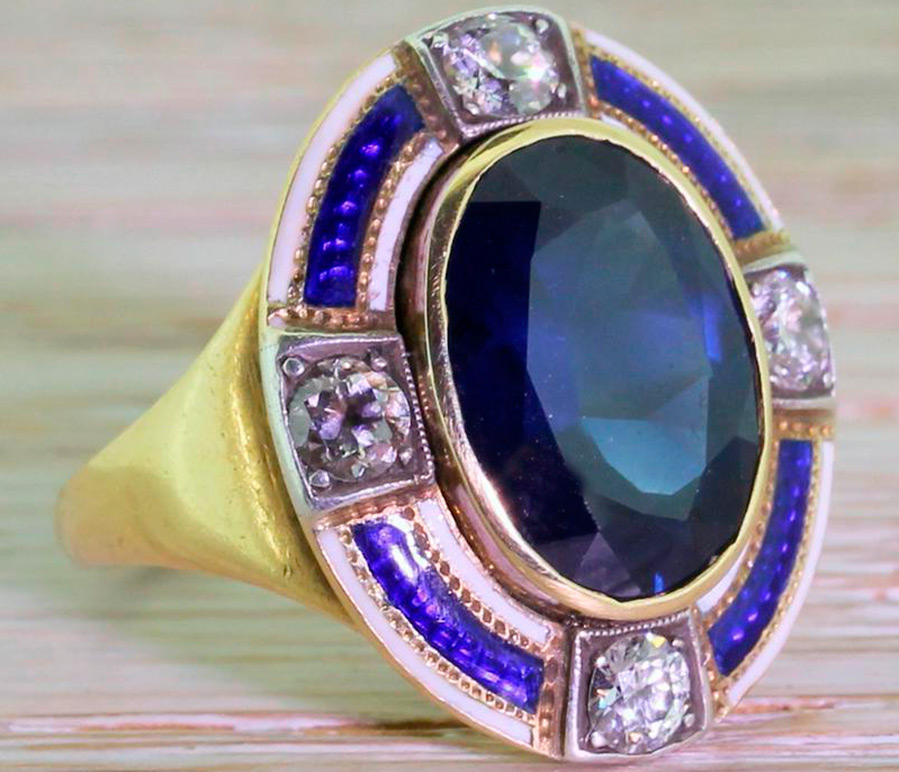
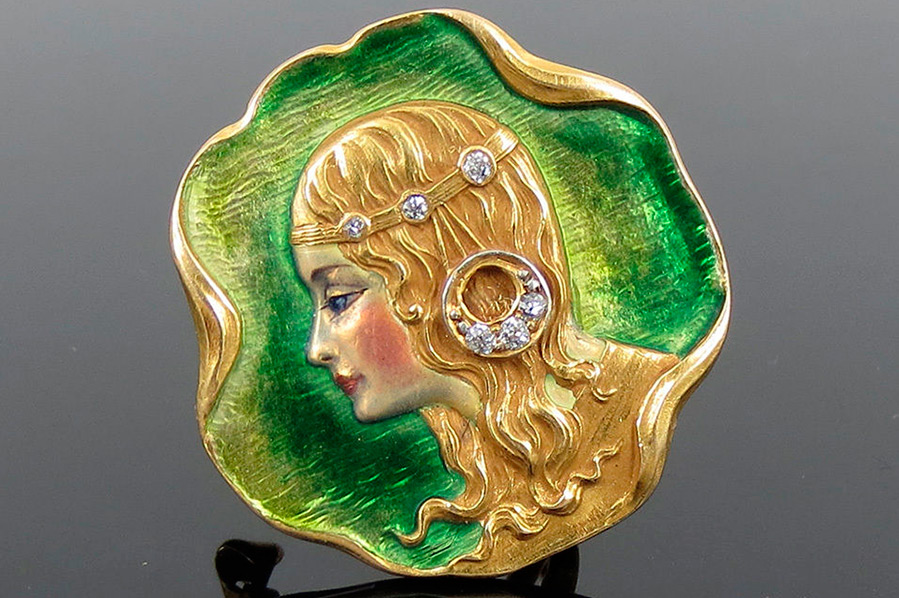
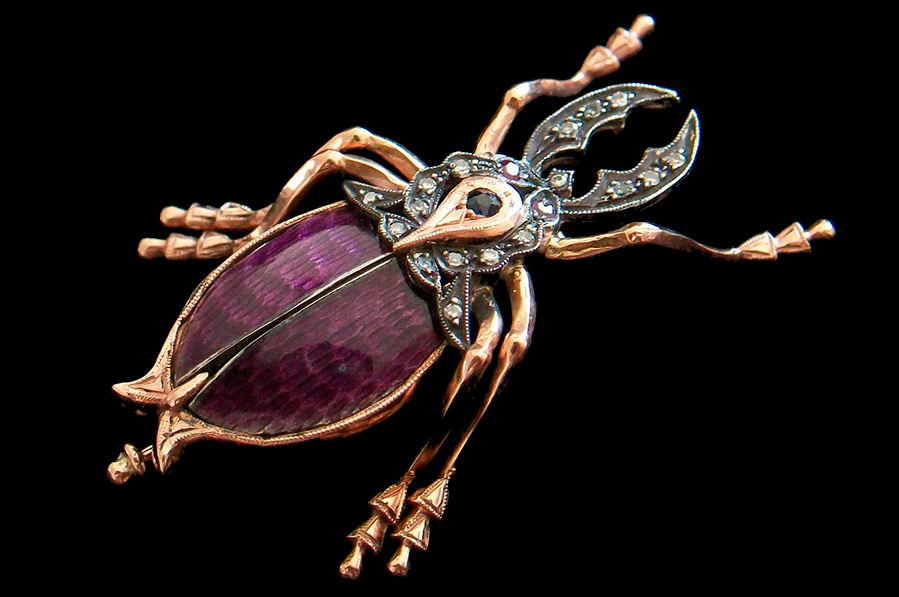
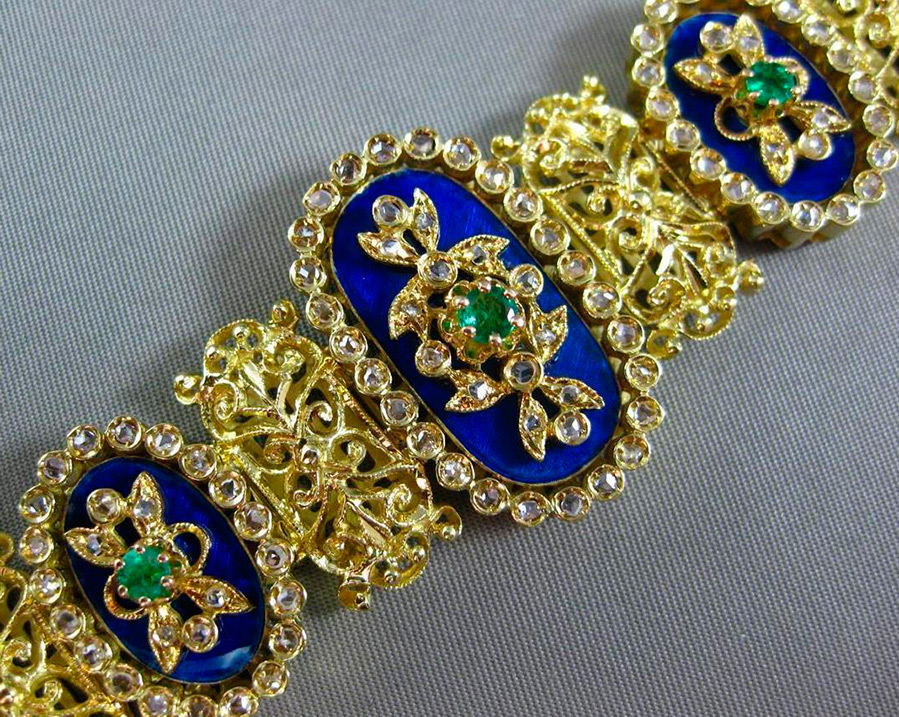
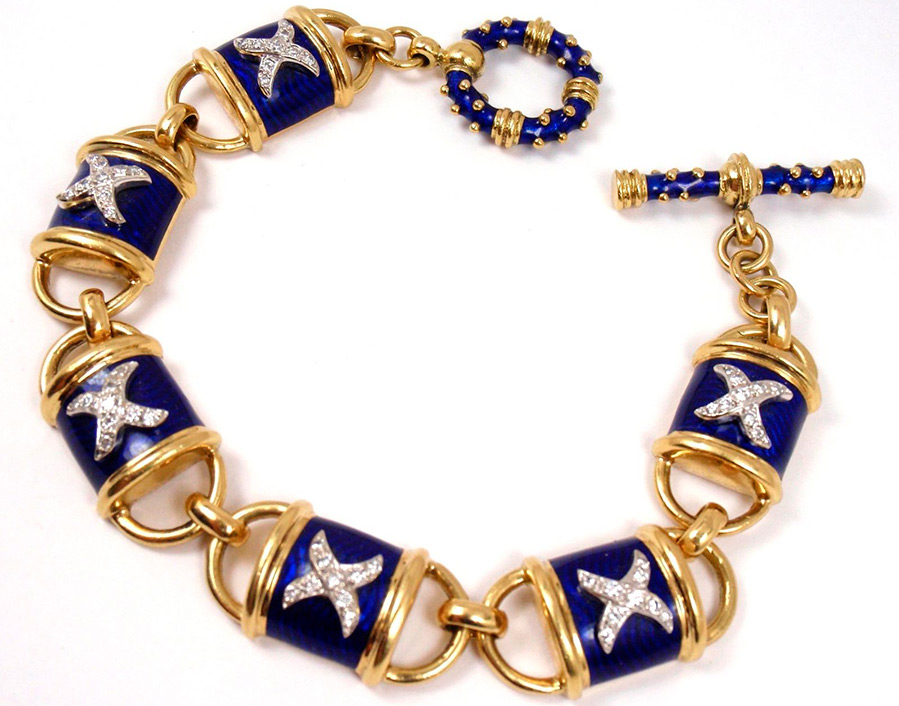
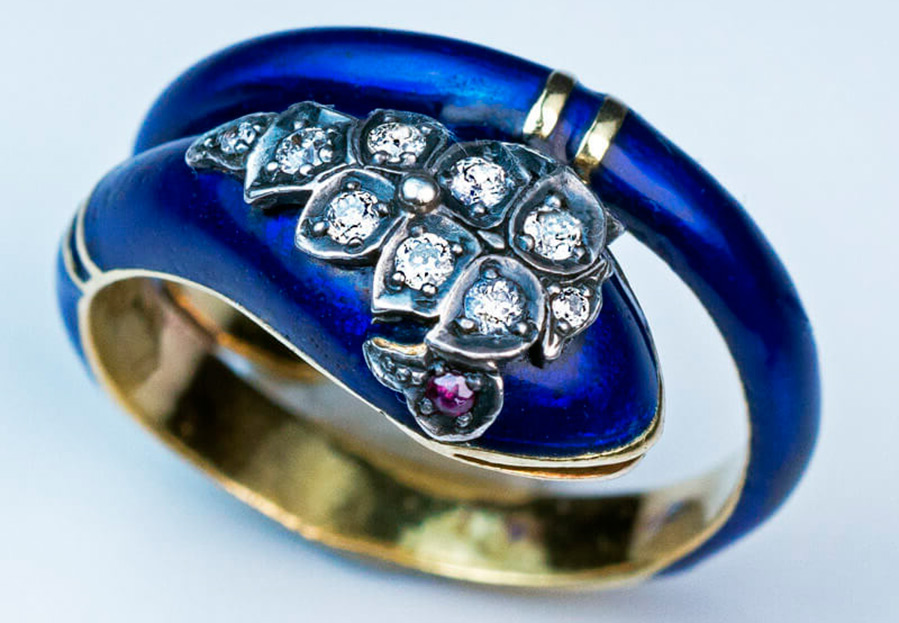
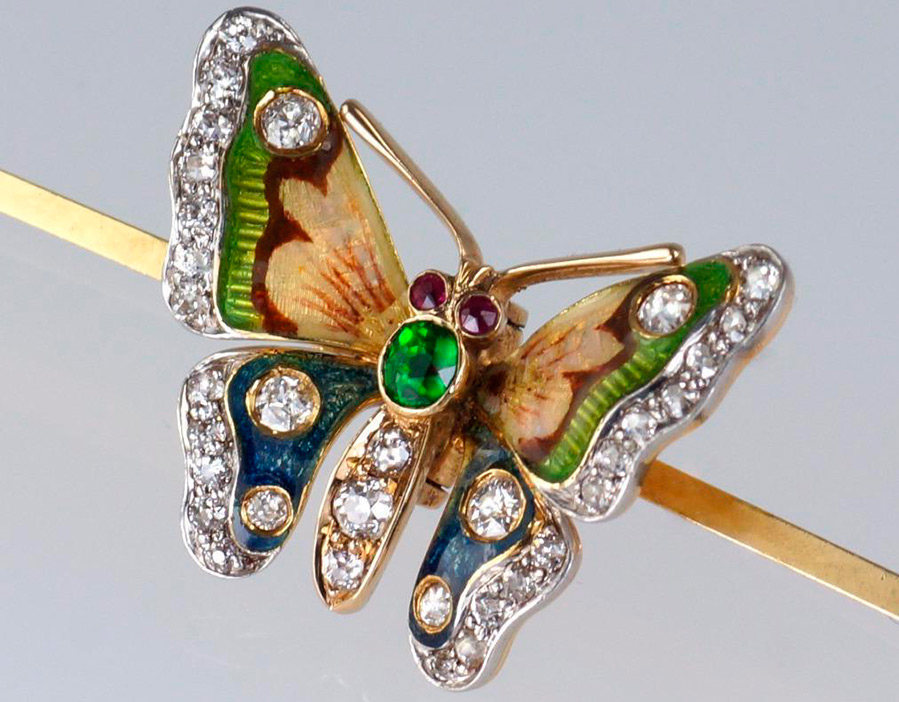
Comments and Reviews
Add a comment
Rating news
Shades of clothing that make women look younger
What shades of hair make women younger: rules and photos
Funny wedding dresses - photos and ideas
12 most expensive down jackets for the winter
How to look 25 at 40: tips from supermodels
Beautiful schoolgirls
Anti-aging haircuts and hairstyles for women
Fashionable skirts for autumn and winter
Fashionable women's trousers for the cold season
Fashionable and stylish sandals for summer 2024
Spring-summer 2024
 Fashionable dresses and tops with thin spaghetti straps
Fashionable dresses and tops with thin spaghetti straps
 Bandana tops: how to wear stylishly and beautifully
Bandana tops: how to wear stylishly and beautifully
 How to put together the perfect men's wardrobe for the summer
How to put together the perfect men's wardrobe for the summer
 Trendy shorts for spring-summer 2024
Trendy shorts for spring-summer 2024
 Fashionable skirts for spring-summer 2024: a guide to online shopping
Fashionable skirts for spring-summer 2024: a guide to online shopping
 The most fashionable dresses spring-summer 2024: styles and colors
The most fashionable dresses spring-summer 2024: styles and colors
 Fashionable total look 2024: image ideas and trends
Fashionable total look 2024: image ideas and trends
